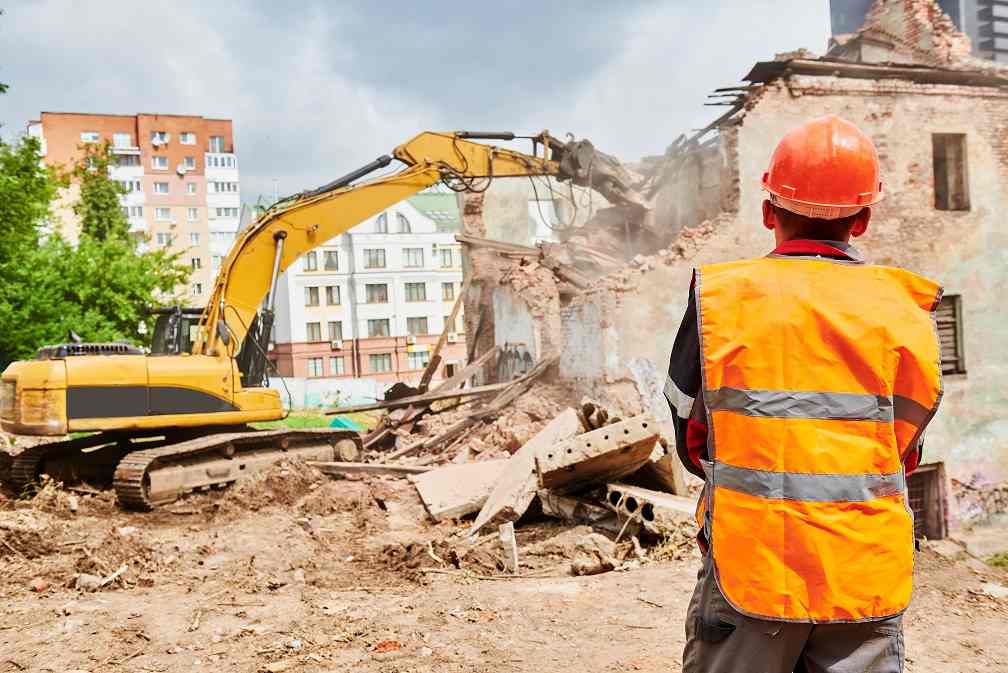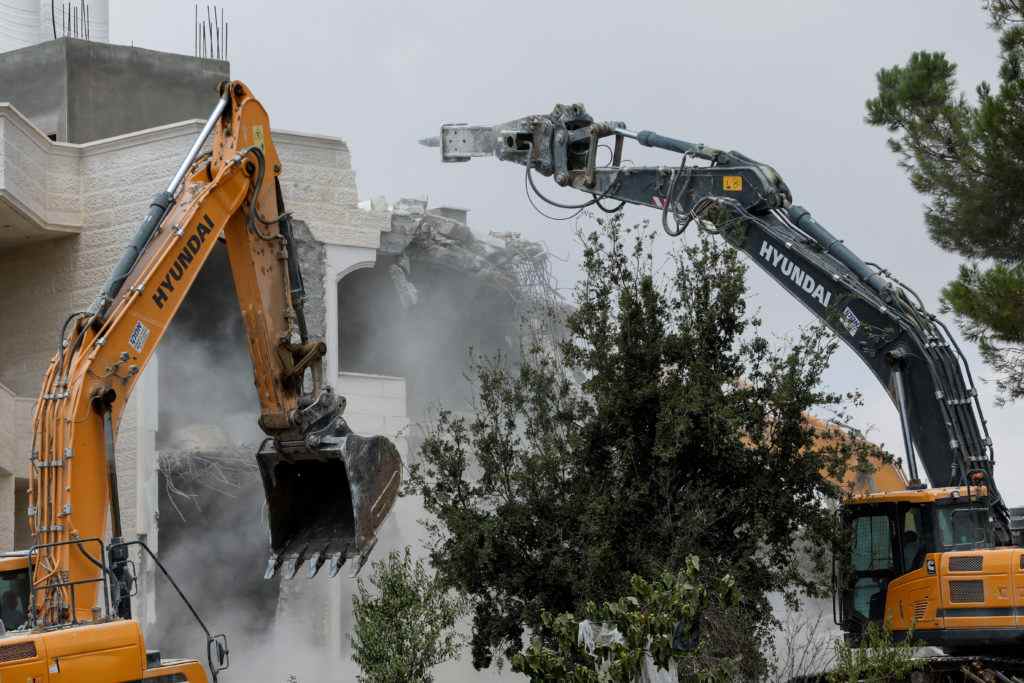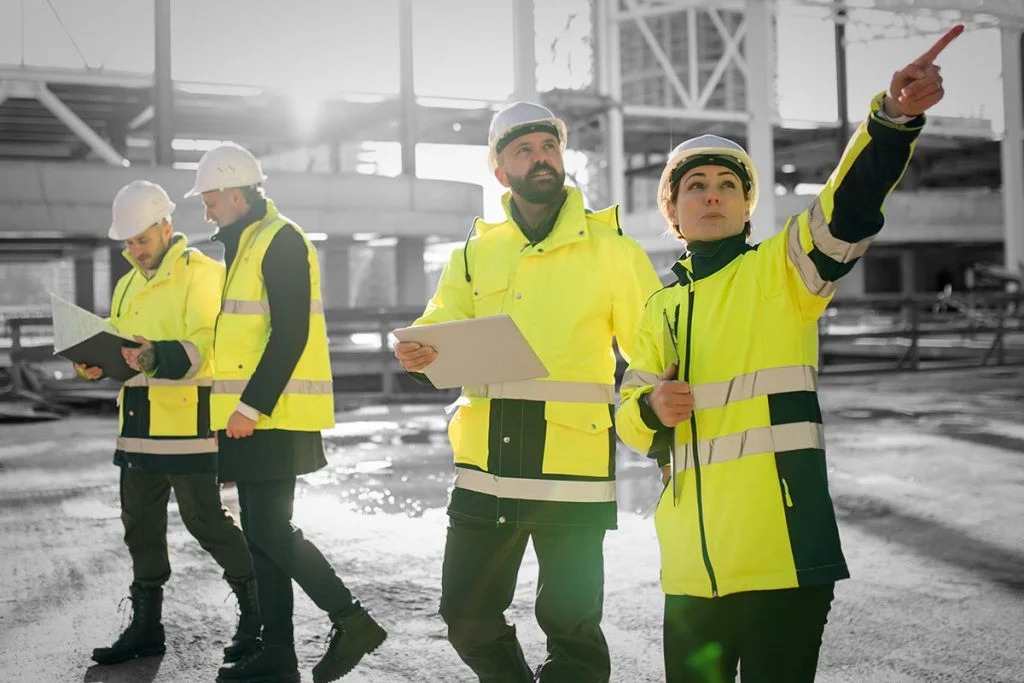In the realm of construction and urban development, ensuring the safety and efficiency of demolitions is paramount. In the state of Michigan, the meticulous process of evaluating structural integrity through pre-demolition inspections plays a pivotal role in safeguarding both workers and the surrounding environment. This comprehensive examination is a proactive measure undertaken to assess the condition of buildings slated for demolition, identifying potential hazards and structural vulnerabilities. Michigan’s commitment to rigorous pre-demolition inspections reflects a dedication to fostering a secure and sustainable built environment. This intricate evaluation process involves skilled professionals scrutinizing various elements such as materials, foundations, and overall structural stability. By prioritizing these assessments, Michigan aims to mitigate risks associated with demolitions, contributing to the overall enhancement of public safety and the preservation of the state’s architectural landscape. As A&B Junk delve into the intricacies of pre-demolition inspections in Michigan, it becomes evident that these evaluations serve as a cornerstone in responsible and informed urban development practices.
1. Structural Stability:
Ensuring the structural stability of a building is a paramount consideration in pre-demolition inspections. This involves a comprehensive evaluation of load-bearing components to assess their ability to withstand the demolition process. Structural engineers play a crucial role in this phase, meticulously examining elements such as beams, columns, and foundations.
Factors like wear and tear, corrosion, and damage are carefully scrutinized. Any compromise in the structural integrity can lead to unexpected collapses during demolition, posing serious risks to workers and the surrounding environment. By identifying potential weaknesses, engineers can recommend reinforcement or specialized demolition techniques to guarantee a controlled and safe dismantling of the structure.
Moreover, the assessment encompasses the examination of the building’s overall design and construction quality. An understanding of how various structural elements interact is vital for developing a demolition plan that mitigates the risk of structural failure. This thorough scrutiny ensures that the demolition process proceeds without compromising safety.
2. Material Analysis:
A detailed material analysis is a crucial aspect of pre-demolition inspections, focusing on understanding the composition of the building materials used in construction. This involves identifying the durability of materials and uncovering potential environmental hazards, such as the presence of asbestos or lead-based paint.
Materials like asbestos, once widely used in construction, pose severe health risks when disturbed. Pre-demolition inspections aim to detect the presence of such hazardous materials, allowing for proper planning and execution of safe removal procedures. Lead-based paint, if present, requires careful handling to prevent contamination of the surrounding environment.

The material analysis also guides waste management strategies during and after demolition. Recycling or proper disposal of materials is often mandated by environmental regulations, and an accurate assessment of materials aids in developing sustainable and eco-friendly demolition practices.
3. Utility Disconnection:
Proper utility disconnection is a critical step in pre-demolition inspections to prevent accidents and ensure the safety of the demolition process. This involves the careful identification and isolation of utilities such as water, gas, electricity, and telecommunications.
Failure to disconnect utilities can lead to catastrophic consequences, including gas leaks, electrical hazards, or water damage. Professionals involved in pre-demolition inspections collaborate with commercial demolition service providers to coordinate the safe shutdown of these services. This ensures that the demolition crew can work without the risk of accidental exposure to live electrical wires or other utility-related dangers.
Detailed documentation of the disconnection process is often required for regulatory compliance. Certifying that all utilities have been safely disconnected provides an additional layer of assurance that the demolition can proceed without compromising the safety of both workers and the surrounding community.
4. Environmental Impact:
Assessing the environmental impact of a demolition project is integral to responsible and sustainable construction practices. Pre-demolition inspections thoroughly evaluate potential environmental risks associated with the building or structure slated for demolition.
One key aspect is the identification and management of hazardous materials. This includes substances like asbestos, mercury, or other toxic chemicals that may be present in building materials. Proper protocols for the removal and disposal of these materials are established to protect both workers and the environment from harm.
Additionally, the inspection considers the impact of demolition debris on the surrounding ecosystem. Implementing strategies for waste management, recycling, and proper disposal helps minimize the environmental footprint of the demolition process. This commitment to environmental stewardship aligns with modern construction industry trends that prioritize sustainability and responsible resource management.
Pre-demolition inspections also take into account potential noise, dust, and air pollution generated during the demolition process. Mitigation measures are devised to minimize these impacts on the neighboring community and comply with environmental regulations.
5. Code Compliance:
Ensuring code compliance is a crucial step in pre-demolition inspections, as it involves verifying that the proposed demolition plans align with local and state building codes and regulations. Adherence to these codes is essential for the safety of the demolition process and the surrounding community.
Building codes are in place to set standards for construction and demolition practices, covering aspects such as structural integrity, fire safety, and environmental considerations. During pre-demolition inspections, professionals review the demolition plans to confirm that they meet all relevant codes. This includes considerations for setbacks, permissible heights, and any special requirements for demolitions in historic districts.
Compliance with codes not only ensures the safety of the demolition process but also helps prevent legal issues that may arise from non-compliance. Obtaining the necessary permits and approvals is a critical aspect of this phase, demonstrating a commitment to following established regulations.
6. Historical Preservation:
In cases where a structure holds historical significance, pre-demolition inspections must consider options for preservation or documentation before demolition proceeds. Preservation efforts may involve salvaging architectural elements, artifacts, or historical features for relocation or display in other settings.
Historical preservation adds an extra layer of complexity to the pre-demolition process, requiring collaboration with historical preservation organizations and authorities. These entities may provide guidance on how to minimize the impact on historically significant structures or even offer alternative solutions, such as adaptive reuse.
Documentation of the structure’s historical significance, through photographs, detailed surveys, or archival research, ensures that its historical value is preserved even if the physical structure cannot be saved. This information can be invaluable for future research, education, and community awareness.
Balancing the need for progress with historical preservation reflects a commitment to honoring the past while embracing the present. Pre-demolition inspections in Michigan, especially in areas with rich historical heritage, must carefully navigate the complexities of preserving cultural assets.
7. Safety Protocols:
A main key consideration is safety in demolition projects, and commercial demolition companies in Michigan prioritize rigorous safety protocols. Their crews are trained in the latest safety practices, and they implement measures to protect both workers and the surrounding community. This includes the proper use of personal protective equipment (PPE) and adherence to industry best practices.
Structural engineers and safety professionals assess potential risks associated with the demolition process and establish protocols to mitigate these risks. This may involve specialized equipment, controlled demolition techniques, or the installation of safety barriers.
Ensuring that all workers are adequately trained and equipped with the necessary personal protective equipment (PPE) is a key component of pre-demolition safety protocols. Regular inspections and audits during the demolition process reinforce adherence to safety guidelines.
Community safety is also a priority, with measures in place to minimize disruptions, control dust and debris, and manage noise levels. Clear communication with the local community about the demolition schedule and potential impacts helps build trust and cooperation.
8. Project Timeline and Logistics:
Developing a detailed project timeline and addressing logistical considerations are vital aspects of pre-demolition inspections. This involves careful planning to coordinate various tasks, such as site preparation, equipment mobilization, and waste removal.
The timeline should account for factors like weather conditions, permitting processes, and potential delays. Clear milestones and deadlines help keep the demolition project on track and ensure that it aligns with overall project goals and objectives.
Logistical considerations encompass the coordination of equipment and personnel, waste disposal logistics, and communication channels between different stakeholders. Efficient logistical planning contributes to the smooth execution of the demolition, minimizing downtime and optimizing resource utilization.
In Michigan, where seasonal weather variations can impact construction projects, pre-demolition inspections factor in these climate considerations. Adjustments to the timeline may be necessary to accommodate weather-related challenges and ensure the safety and efficiency of the demolition process. Commercial demolition companies develop comprehensive project timelines, allocate resources efficiently, and communicate transparently with clients throughout the process.

9. Waste Management:
Effective waste management is a critical consideration in pre-demolition inspections to handle the disposal of debris responsibly. Inspections assess the types and quantities of materials that will be generated during demolition, helping to plan for recycling, reuse, or proper disposal of waste.
Strategies for waste management may include sorting materials on-site, partnering with recycling facilities, or transporting debris to designated landfills. Compliance with environmental regulations for waste disposal is essential to minimize the impact on the surrounding ecosystem.
By incorporating sustainable waste management practices into pre-demolition plans, stakeholders can contribute to reducing the environmental footprint of the project and promote a circular economy.
10. Budget and Cost Estimation:
Pre-demolition inspections play a pivotal role in budgeting and cost estimation for the entire demolition project. By thoroughly assessing the structural conditions, materials, and potential risks, professionals can provide accurate cost estimates for the demolition process.
Factors such as specialized equipment, safety measures, waste management, and any unexpected challenges identified during inspections are considered in the budgeting process. This ensures that stakeholders have a realistic understanding of the financial requirements for a successful demolition.
Accurate cost estimation is crucial for obtaining funding, securing approvals, and making informed decisions throughout the project. It also helps prevent budget overruns and ensures financial transparency.
Conclusion:
In conclusion, the importance of pre-demolition inspections in Michigan cannot be overstated when it comes to evaluating structural integrity. These assessments serve as a crucial step in ensuring the safety and efficiency of demolition processes. By thoroughly examining the structural elements of a building before demolition, potential hazards and risks can be identified and mitigated, safeguarding both workers and the surrounding environment. Michigan’s commitment to implementing pre-demolition inspections reflects a proactive approach to construction and demolition practices, aligning with the broader goal of promoting public safety. Through comprehensive evaluations, stakeholders can make informed decisions, adhere to regulatory requirements, and minimize the environmental impact of demolition activities. The emphasis on structural integrity assessments underscores Michigan’s dedication to responsible and sustainable urban development, setting a precedent for other regions to prioritize safety and meticulous planning in construction and demolition endeavors.




